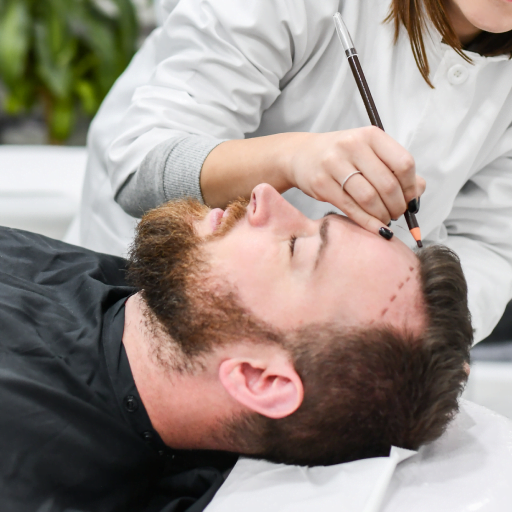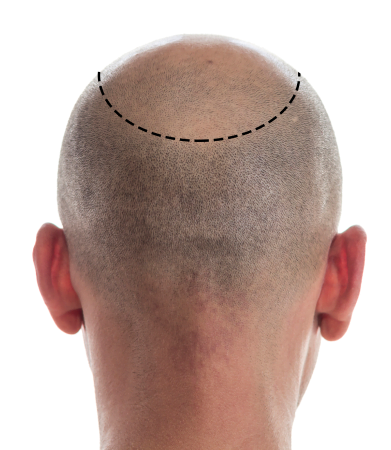Follicular Unit Transplantation (FUT)
Are you looking for a more permanent solution to your thinning hair, bald spots, and receding hairline? You may want to consider a FUT hair transplant as a solution. As you well know, a hair transplant’s goal is to restore hair to areas of the scalp with limited or absent growth. To achieve lasting results, you may be required to have follow-up hair transplants combined with a nonsurgical hair loss prevention regimen including finasteride, Minoxidil, topical compound solutions, laser hair therapy, vitamins, and supplements.
Aging and genetics can contribute to hair loss, thinning hair, and bald patches, but they can also happen because of underlying medical conditions or trauma to the scalp. Some people who encounter hair loss issues choose to have a hair transplant to help them look good and feel good about themselves.
In the 1990s, hair transplant results looked unnatural and provided a plug-like appearance. In recent years, hair transplant doctors began transplanting individual hair follicles, also known as follicular units, or micro grafts to produce natural-looking results.
Unlike nonsurgical hair replacement choices such as wigs or plugs, hair transplants produce a permanent, natural-looking solution that doesn’t require any ongoing maintenance. It only takes a day to complete, and you can go back to your regular activities within a few days.
At the Long Island Hair Transplant Center, we offer a follicular unit transplantation (FUT) technique as a simple clinic-based hair transplant procedure that serves to restore your receding hairline.
The unique aspects of each hair transplant technique are constantly progressing, and even the most skilled and experienced hair transplant doctors are expanding their knowledge of the fast-paced environment of the hair restoration industry. Our Long Island Hair Transplant Clinic employs different tools and techniques to produce natural-looking results for your hair loss needs.


